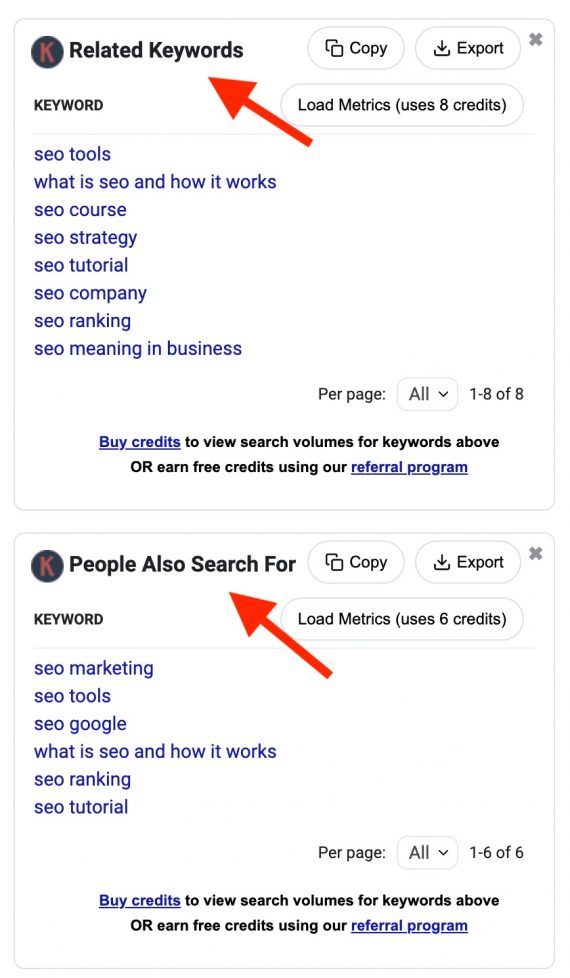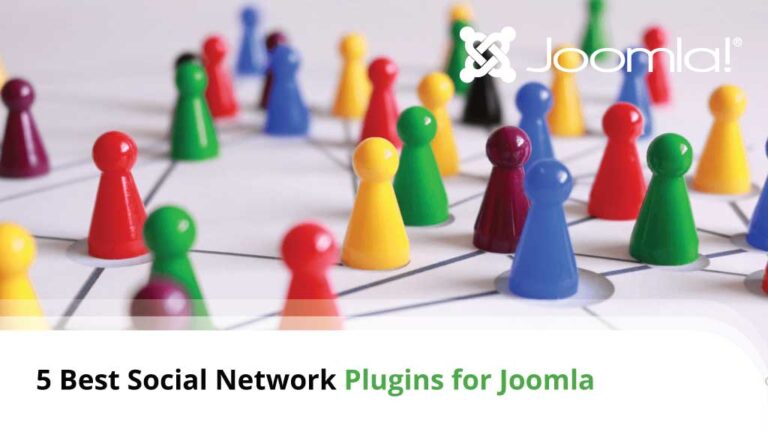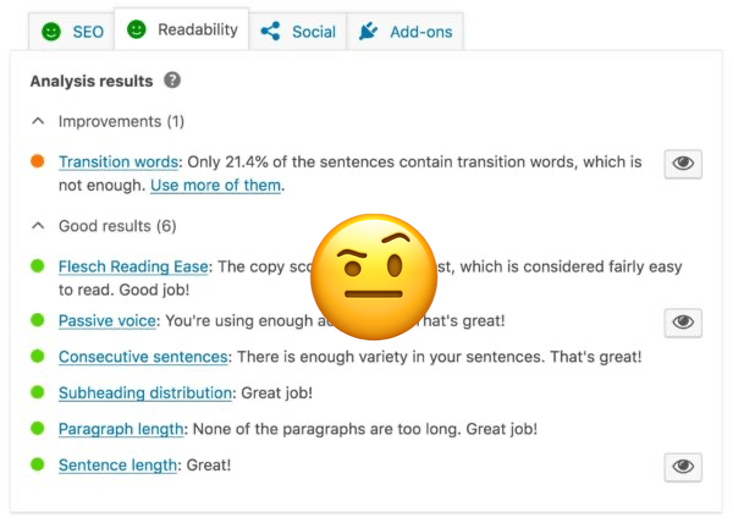CDPs connect to every channel that collects first-party data, then integrates that data into one platform.
Flexibility: Does your CDP integrate with your internal and external platforms that source customer data? Does your CDP enable you to quickly build new integrations?
If your goal is to build a holistic view of your customers and create a more personalized customer experience, a CDP is a better option than a DMP. If you want to scale programmatic advertising, though, a DMP may make more sense. You can also use both — many CDPs allow you to integrate with your DMP, and vice versa. Pushing first-party audiences from your CDP to your DMP enables you to scale by reaching similar audiences through programmatic advertising. One of the major challenges facing DMPs is the recent backlash against second- and third-party data collection due to privacy concerns. These crackdowns have made first-party data a more appealing option for most brands.
- What customer data platforms are
- How CDPs work
- CDP architecture
- Top CDP platforms
- CDPs vs. data management platforms (DMPs)
What is a customer data platform (CDP)?
The push to privacy will impact all advertisers. Find out what you need to know about new restrictions, cookies, IDFA, first-party data, CDPs and all things privacy from our Tinuiti experts.
Every brand wants to acquire new customers, retain and grow their existing customer base. The only way to do that and be a disruptor is through holistic customer experience.
“Every brand has first-party data, but the problem is that it’s all siloed. Without a complete view of their customers, brands often spend too much money and effort in building and maintaining point to point integrations between systems. CDPs allow you to streamline that entire process by integrating all customer data in a single place for smarter targeting and personalization.”
Along with the ability to gain insights about your customers and take action, CDPs go beyond the traditional functionality of a CRM by gathering data from multiple sources to provide a 360-degree view of your customer. – Lakshmi Ramesh, Senior Director of Data Services at Tinuiti
When choosing a CDP for your business, take the following factors into account:
How do CDPs work?
For example, if a consumer visits your website, views a product but does not convert, you could consider using that insight to send them a promotional email for the relevant product or inform them about an upcoming sale. On the other hand, if a consumer just purchased in the past week, you could consider not marketing to that consumer for a few days and put those dollars to work elsewhere.
“Customer Data Platforms and Data Management Platforms may sound similar, but they offer very different capabilities. CDPs are generally people-based and allow you to unify all of your first-party customer data into a single platform for a holistic view of your customers’ experience across all channels. On the other hand, DMPs are centered around second and third-party data and use device IDs as their primary method for targeting such as cookies and mobile device identifiers,” Ramesh says.
- Websites
- Mobile apps
- Email platforms
- Analytics tools
- Loyalty programs
- Helpdesks
- CRMs
- Point-of-sale programs
- And more
A CDP enables you to integrate touchpoints across all channels into a single centralized customer view so you can gain better insights about your customers and personalize their experience based on those insights.
Analytics remains as the huge untapped opportunity with CDPs. With customer data centralized in one place, it opens up the opportunity to go deeper with your analytics.
CDPs can pull data from:
Integrating data into a single database provides customer insights, makes marketing teams more effective and allows brands to tailor marketing and support to each individual customer. The customer data collected by a CDP can be as high-level as past purchases or as granular as having opened a mobile push notification.
There are a lot of CDPs out there. How do you know which platform is right for your business and goals? Here are 3 of the most common database architectures offered in CPDs:
Customer data also helps to retain current customers. You know they’ve purchased from you in the past, but why? What do they like or not like about your brand? What does their decision-making process look like compared to others?
Customer Data Platform architecture
Brands like Netflix, Amazon, Uber have been able to disrupt the industry by harnessing the power of data. One way to gather, consolidate, and analyze all of this data is through a customer data platform (CDP).
CDPs operate based on first-party data where the customer has interacted with your brand (such as purchasing or opting-in). This empowers marketers to make decisions based on known customer preferences and behavior, rather than on assumptions or guesses.
- Relational database architecture: Relational databases are highly structured architectures, meaning the way that data is organized enforces the relationship between objects. For example, a CDP with a relational database architecture would need to pre-define the relationship between an unknown website visitor and a campaign before it could store that information. Relational databases are the least flexible CDP architecture.
One of your greatest assets as a marketer is customer data. The more you know about your ideal customers, the more easily you can understand what they need and value, and create messaging that resonates with them.
- Event-stream database architecture: A CDP with event-stream architecture is the near-opposite of one with a relational database. These CDPs collect a ton of raw data based on events — like website visits, clicks, and shares — but it’s up to you and your team to sort through the data and decide what should be mapped to a customer profile graph. If you want as much raw data as possible in one place, event-stream architecture is your best bet.
- Profile database architecture: Profile database CDPs are more flexible and more accessible than their relational and event-stream counterparts. Profile database architecture means that the CDP creates ideal customer profiles on an individual level. These profiles feature the most relevant data available, offering more comprehensive and actionable customer data. CDPs with profile database architecture are more scalable and make it easier to gather and analyze customer data for a broad range of use cases.
How to choose the right CDP
In this article, we’ll cover everything you need to know about CDPs:
When you have all of your first-party customer data in one place, you get a holistic view of how customers are interacting with your brand.
Why do CDPs matter more in the new era of consumer privacy?
You can deploy the data from DMPs to scale programmatic advertising, discover new audiences, and activate similar segments.
DMPs also lack the deep analytics that most CDPs offer. “Most DMP platforms aren’t built for advanced analytics. They have some insights, but CDPs typically tend to have more analytics and data science capabilities,” explains Ramesh.
Clarity: Data analysis is only valuable if your entire team can access and understand it. The right CDP for your business will provide actionable, clear reporting that’s accessible to everyone — not just analysts. CDP should have the ability to perform adhoc analytics and be able to build machine learning models etc.
Scalability: More sales means more data. Make sure that the platform you choose can scale alongside your business.
Customer Data Platform (CDP) vs. Data Management Platform (DMP)
“CDPs are critical to providing a unified view of your customers. Companies continue to leverage more and more advertising channels in their marketing efforts. With this comes an influx of data that is silo-ed to those specific channels,” explains Will Weld, Solutions Architect at Tinuiti.
Security: Does your CDP provide the ability to build workflows based on GDPR, CCPA compliance etc.? Customer data often contains private information that users trust you to keep safe. Make sure your CDP is credible and offers proactive security settings to prevent data leakage. This is especially important if you have customers in Europe, where GDPR rules affect brands’ abilities to collect and use customer info.
Unlike CDPs, data management platforms (DMPs) use second- and third-party data sources to provide anonymized data on a large selection of audiences.
When you target prospects with personalized marketing instead of generic messaging, they’re more likely to convert.
As omnichannel customer experiences become the norm, CDPs will continue to be vital technology for marketers and brands. Working with a CDP can help provide a best-in-class, streamlined customer experience in 2020 and beyond.
Marketers can analyze the data in their CDP to “make optimizations, figure out the next best action, and personalize their experience,” explains Lakshmi Ramesh, Senior Director of Data Services at Tinuiti.
Different CDPs have different setups.
Transparency: Your CDP should provide a complete view of the customer journey, from their first interaction with your brand through every retention effort. Keep this complete visibility in mind when selecting the right data platform for your brand.
“A CDP can help unify that data across channels and resolve it to an individual customer. CDPs can provide a single touchpoint of unified customer data to extend out to various platforms for activation.”
As privacy restrictions pick up steam, the era of third-party data is going to slow down markedly. Targeting across platforms is getting more difficult every day. That makes first-party data a critical tool for marketers to make up for those losses. In addition, as omnichannel customer experiences become the norm, CDPs will continue to be vital technology for marketers and brands, but yet they still remain underutilized.






![The Ultimate Guide to First Party Data [in a Privacy First World]](https://research-institute.org/wp-content/uploads/2021/04/what-to-know-before-you-sell-your-small-business-768x432.png)